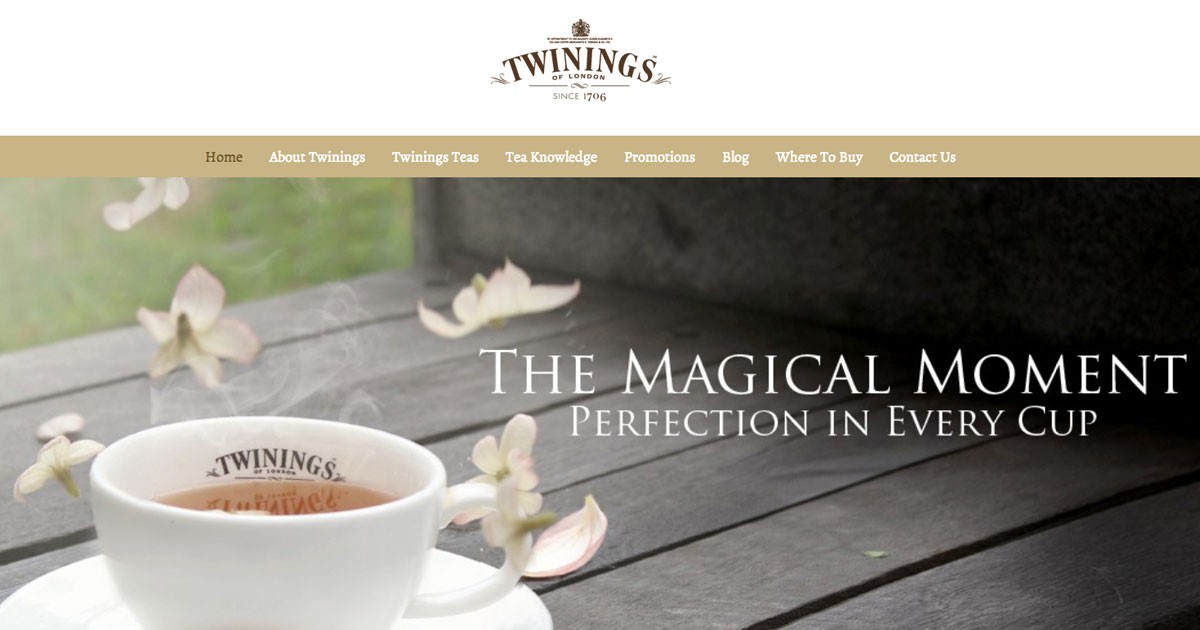Why You Should Invest in Good Design
Post on: 16 Март, 2015 No Comment

Charlie Luxton considers the UK’s complex relationship with modern architecture, and why it might be a case of ‘better late than never’ when it comes to today’s demand for contemporary-style homes
You often see the moniker ‘designer’ in front of stuff; designer handbag, designer sofa, designer nose hair tweezers. You name it, there is a ‘designer’ version of it somewhere. What this usually means is that it looks a bit flashy, costs twice as much and often doesn’t work very well.
Take the famous Philippe Starck orange juice squeezer — an iconic ‘designer’ statement from the 1980s. It not only looked fantastic, but it was very good at extracting the juice from an orange… and spreading that juice all over the kitchen work surface in the approximate direction of a glass, pips, pulp and all, in the process.
But my infuriation goes further than simply crying over spilt orange juice. The curse of ‘designer’ dross is widespread and colours so much of our relationship with modern design and thereby modern architecture.
We already have a complex relationship with modern architecture in this country. It has always been seen as alien, despite its genesis being in that most British of design movements — Arts and Crafts. We’re still reeling from the failed modernist projects of the 1960s; badly built tower blocks, grim council offices, and shopping centres – whose actual defining idea was being cheap not modern – scar the landscape. The nonsense, consumer-driven ‘designer’ culture of form over function continued to undermine and damage our relationship with modern design in the ’80s too.
In the last few years, driven by some fantastic modern civic buildings, the media (nod to a well-known TV programme here) and good contemporary product design, our appreciation and understanding of all things modern – including architecture – has been revolutionised, but there’s still a long way to go.
This home (and the one at the top of the page) showcase how good-quality contemporary design can add value. A consideration of how the layout needs to suit modern life, is paired with clean lines and dramatic architectural features
Houses have become a key part of our personal financial investment: they’re the most expensive thing we will ever buy which brings with it very strong conservative pressure. There has been a sense that modern design – stand up Mr Starck and your juicer – is not serious or dependable, and modern houses have still not been seen as a trustworthy investment.
The process of rehabilitating modern house design has been slow, but I think we’ve reached a tipping point. There is currently so much effort being put into converting the interiors of old homes into the kind of contemporary spaces that we want to live in – ripping out walls and thermally updating, all of which costs a lot – that the penny is finally dropping and people are thinking much more about getting a modern house with a modern design, layout and specification straight off.

Beyond arguments about contextual suitability, sustainability or function, one of the main reasons for building new contemporary-style houses is that there are less of them and they are therefore more desirable. The economics of supply and demand dictates that the value of good contemporary houses is likely to rise faster than their traditional neighbours, due to limited numbers.
However, there is a big ‘but’ to this observation — the quality of the design has to be good, as using a contemporary style carries with it a higher risk than a traditional route. A pastiche house is a bit like magnolia paint — it’s not going to annoy many people, just as it’s unlikely to really inspire. With a contemporary home, poor design will damage your property’s value, whereas good design will significantly increase it.
It is an exciting time to be a house designer because I believe up until now design fees have often been seen as an unnecessary expense in many self-build projects. The value that real quality design can add to a property is starting to become more widely recognised.
I feel very strongly that while we need to focus on making good sustainable homes for quality of life purposes, the reality of a highly leveraged asset-based housing market is hard to ignore, and if it’s the financial benefits that drive people to use modern design rather than for the sustainability or quality of life gains, then so be it. It’s a case of better late than never.














